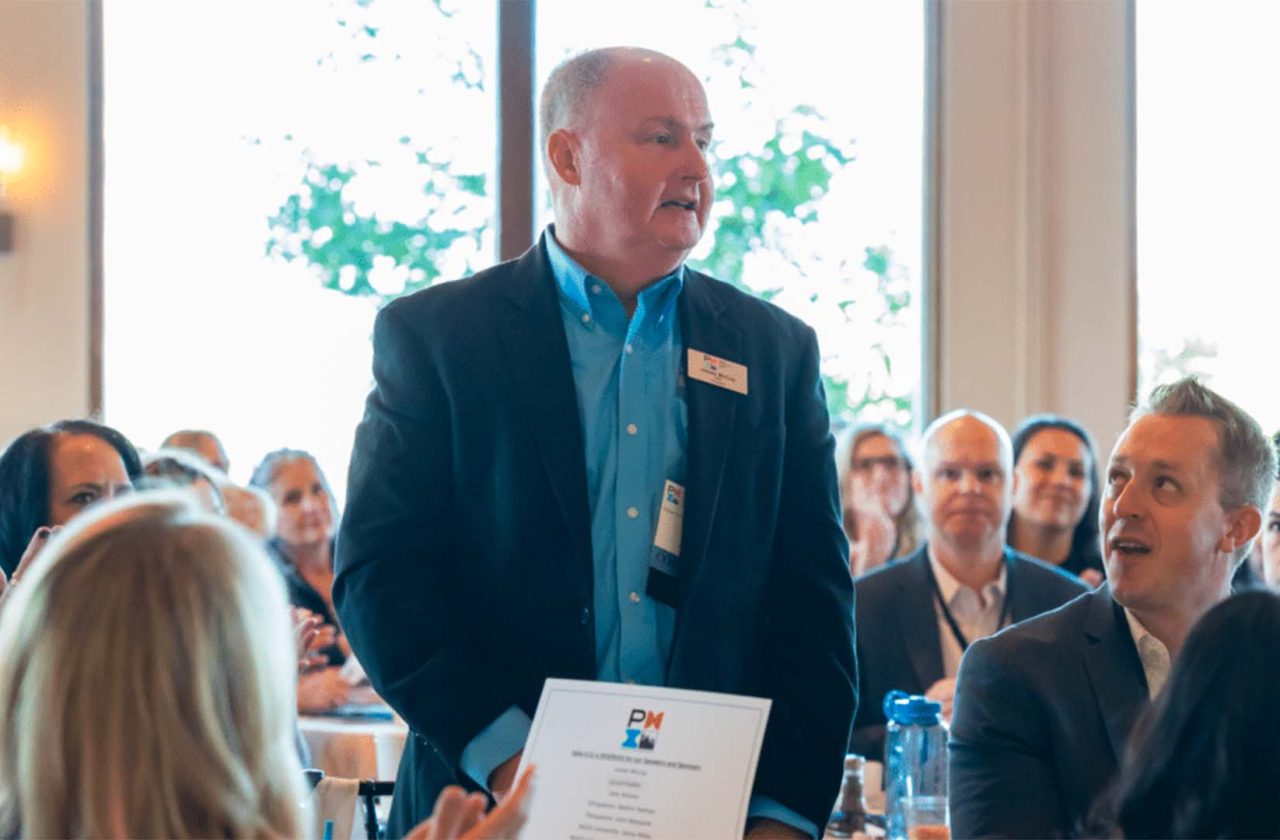James McCoy, PMP: The Future of Project Management

Communication makes or breaks major projects – a truth that too many leaders learn the hard way. While most project management guides focus on fancy tools and complex methodologies, veteran project manager James McCoy cuts through the noise with a simpler message: talk to each other. After thirty six years steering projects through corporate giants like GE, Siemens, IBM, FIS, he’s seen every trendy framework and software solution come and go. Yet the basics haven’t changed. His story reveals why, in our tech-obsessed world, human connection remains the key component of successful project management.
Learning from Mistakes
James stumbled into project management back in the 80s while working as a network technician at GE Computer Service. “I was asked, ‘Hey, do you want to be a PM?'” he recalls. But his real education came from screwing up. Five minutes late to a client meeting, he watched the door slam in his face. Their parting words? “You’re a project manager, you’re five minutes late, you lost the deal.” Now he jokes that if you’re not early, you’re late.
Each morning finds James knee-deep in schedules, reports, and task lists. He’s checking who’s doing what, clearing roadblocks, and making sure nothing’s falling through the cracks. Sometimes he’s wrestling with new systems – like their recent upgrade that turned a small tasks into larger tasks. “That’s just one example of a challenge that happens all the time,” he shrugs.
Building Strong Team Connections
“A project team is like a family,” James says. And it’s no surprise that he spends most of his time keeping everyone communicating. Whether it’s instant messages for urgent stuff or weekly meetings for the big picture, his rule is simple: no hiding, no waiting, just get the information out there. He has turned around a struggling account using this approach. They had people quitting left and right, and clients ready to walk. But by getting everyone to actually communicate, they pulled it back. Now they’re under budget and on track.
When it comes to measuring success, James keeps it old school: schedule, cost, and quality. His team uses a simple traffic light system – red, yellow, green – to show how projects are doing. No fancy metrics needed. Unlike many seasoned pros, James lights up at the mention of AI. Not because it’ll replace project managers, but because it might help with their biggest weakness: communication. “People struggle with communicating to senior vice presidents, with clients, sometimes with their own team,” he points out. For him, AI is just another tool for getting better at the basics.
Starting Your Project Management Journey
For newcomers to project management, James’s advice is practical: get your PMP certification, take some communication courses that push you out of your comfort zone, and don’t be scared of new tech like AI. But most importantly? Learn to read the room. “The bigger the organization, the more collaboration’s needed,” he explains. “There’s more business units, more personalities, more hidden agendas.” Translation: more people who need to be on the same page.
After three decades in project management, James has seen tools and techniques come and go. But one thing hasn’t changed: projects succeed or fail based on how well people communicate. Everything else is just details. To learn more about James McCoy and his projects, check out his LinkedIn profile.




